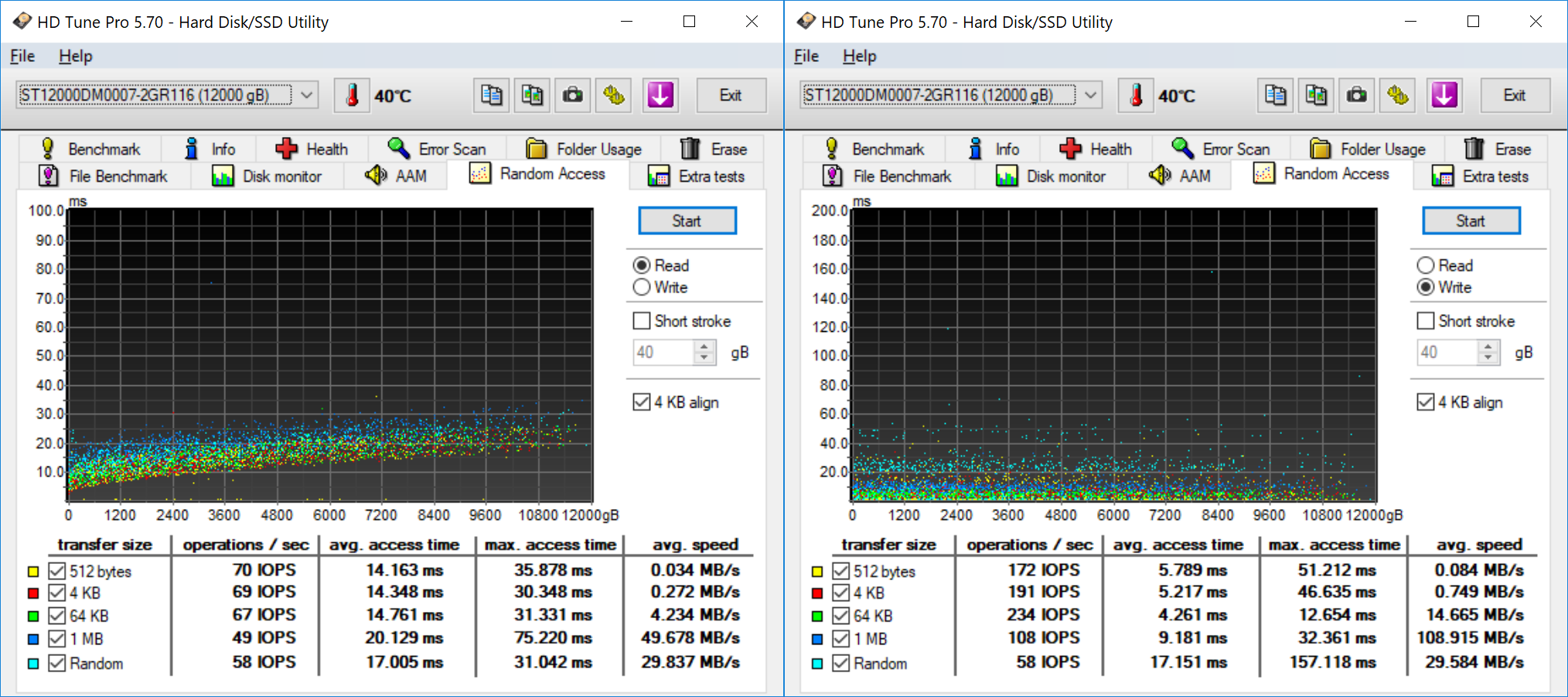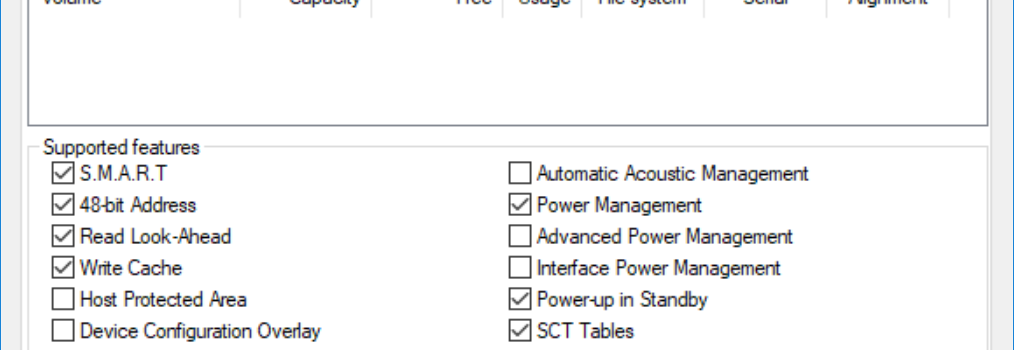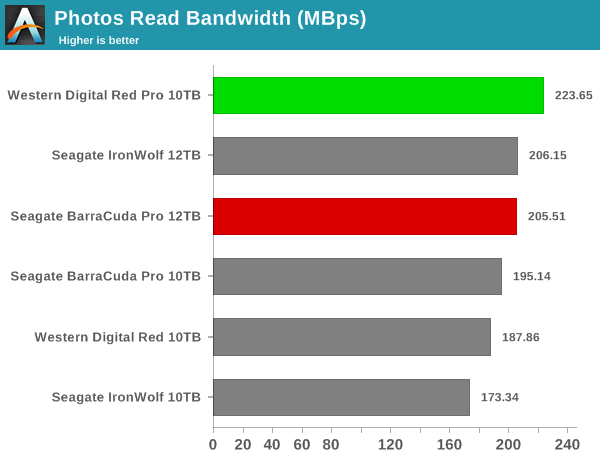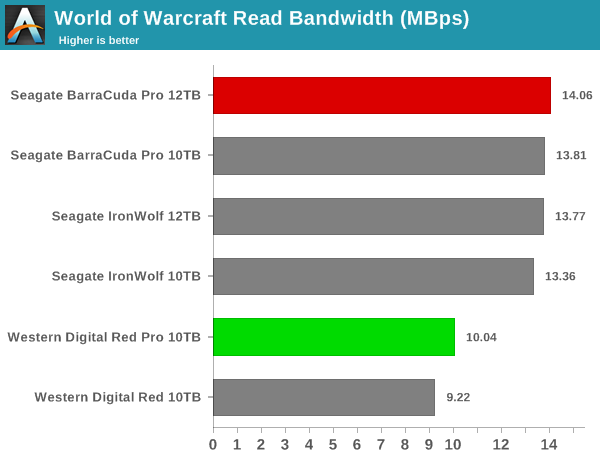Best Consumer Hard Drives: Holiday 2017
Data storage requirements have seen an exponential increase over the last several years. Despite SSDs taking over the role of the primary drive in most computing systems, hard drives continue to shine in areas requiring storage of large amount of data. Hard drives are also suitable for workloads that are largely sequential and not performance sensitive. SSDs are yet to achieve the low $/GB metric that makes HDDs attractive in that market segment. Modern games run into 100s of GBs in terms of install size. As flash prices continue to stay high, high-capacity SSDs have tended to carry a significant premium. In this scenario, the gaming crowd may find hard drives attractive. This guide will help readers choose the appropriate hard drive based on their workload, while also keeping the price factor in mind.
There are three active vendors in the consumer hard drive space – Seagate, Toshiba, and Western Digital. While Seagate and Toshiba offer hard drives targeting desktop workloads at their leading capacity points, Western Digital reserves the leading edge for enterprise and NAS drives. As of today, Toshiba's highest capacity hard drive for the power user / NAS market is only 8TB. Western Digital has 10TB drives, while Seagate has 12TB ones. Toshiba's 8TB offerings (the N300 and the X300) didn't make it to our testbed in time for this guide. With a focus on comparison of metrics for the purpose of recommendation, we restrict our options pool to the following drives:
- Seagate BarraCuda Pro 12TB
- Western Digital Red Pro 10TB
- Seagate BarraCuda Pro 10TB
- Seagate IronWolf NAS 12TB
- Seagate IronWolf NAS 10TB
- Western Digital Red 10TB
Device Characteristics and Firmware Features
HD Tune Pro provides us a quick look at the supported SATA feature set of the drives. We find that the Western Digital drives offer features such as advanced power management and host protected areas.
| Drive Information | ||
 ; ; |
||
The WD Red also has a spindle speed of 5400 RPM compared to 7200 RPM in other drives. This lower spindle speed is also responsible for its excellent power consumption profile.
Performance Benchmarking with HD Tune Pro
The first set of benchmarks that we look at is from HD Tune Pro. The program allows us to test different workloads. They make it clear as to how the performance would vary as the drive gets filled up. In particular, we can see significant difference when the area being accessed is on the outer side of the platter compared to the points closer to the center.
| Sequential Read / Write Benchmark | ||
 ; ; |
||
Out of all the considered drives, the BarraCuda Pro 12TB version performs the best. At the 10TB point, both the BarraCuda Pro and the Red Pro perform similarly. The 5400 RPM speed of the Red puts it in the last place.
| Random Access Benchmarks | ||
 ; ; |
||
In the random access benchmark, the WD Red Pro comes out better than the BarraCuda Pro. In general, the WD drives give more IOPS compared to the Seagate ones.
| Miscellaneous Hard Drive-Specific Tests | ||
 ; ; |
||
The behavior in the extra tests is similar to what we observed in the random access tests. The key takeaway here is that Seagate wins out on the sequential front, but, the WD is slightly more optimized for random accesses also.
Performance Benchmarking with Custom Tests
The previous subsection dealt with artificial workloads. We also have results from our custom evaluation routine – robocopy benchmarks with performance consistency checks as well as the PCMark 8 storage workloads.
The most common usage scenario for high-capacity SATA hard drives in a desktop or direct-attached scenario is the transfer of large amounts of photos and videos to and from the unit. The minor usage scenario is importing files directly off the drive into a multimedia editing program such as Adobe Photoshop.
In order to tackle the first use-case, we created three test folders with the following characteristics:
- Photos: 15.6 GB collection of 4320 photos (RAW as well as JPEGs) in 61 sub-folders
- Videos: 16.1 GB collection of 244 videos (MP4 as well as MOVs) in 6 sub-folders
- BR: 10.7 GB Blu-ray folder structure of the IDT Benchmark Blu-ray
For the second use-case, we take advantage of PC Mark 8's storage bench. The storage workload involves games as well as multimedia editing applications. The command line version allows us to cherry-pick storage traces to run on a target drive. We chose the following traces.
- World of Warcraft
- Battlefield 3
- Adobe Photoshop (Light)
- Adobe Photoshop (Heavy)
- Adobe After Effects
- Adobe Illustrator
Usually, PC Mark 8 reports time to complete the trace, but the detailed log report has the read and write bandwidth figures which we present in our performance graphs. Note that the bandwidth number reported in the results don't involve idle time compression. Results might appear low, but that is part of the workload characteristic.
We find that the Seagate BarraCuda Pro 12TB comes out on top for the gaming access traces, as well as all other read-intensive scenarios. The WD Red Pro takes the lead in some of the write scenarios.
Performance Consistency and Thermals
Yet another interesting aspect of these drives is performance consistency. In order to get an idea of relative power consumption as well as the thermal characteristics, we instrumented our robocopy DAS benchmark suite to record the hard drive's read and write transfer rates while the robocopy process took place in the background. We also recorded the internal temperature of the drive during the process. The graphs below show the speeds observed during our real-world DAS suite processing. The first three sets of writes and reads correspond to the photos suite. A small gap (for the transfer of the videos suite from the primary drive to the RAM drive) is followed by three sets for the next data set. Another small RAM-drive transfer gap is followed by three sets for the Blu-ray folder.
| Performance Consistency and Thermal Characteristics | ||
 ; ; |
||
As expected, the WD Red shows the minimum temperature rise / lowest power consumption, but, it also takes the longest to complete the benchmark. The Seagate BarraCuda Pro 12TB performance well overall. However, at the 10TB capacity point, the WD Red Pro gets the edge over the Seagate BarraCuda Pro 10TB version.
Concluding Remarks
Analyzing the results of our evaluation indicates that different vendors optimize the firmware of their units for different use-cases. Therefore, each of the top drives manages to excel in one workload or the other. Before going to the recommendations, it is helpful to have a look at the pricing for the models.
| Consumer Hard Drives – Pricing (as on 24th Nov. 2017) | ||||
| Drive | Model Number | Capacity (GB) | Street Price (USD) | Price per GB (cents/GB) |
| Seagate IronWolf 10TB | ST10000VN0004 | 10000 | 300 | 3.00 |
| Seagate IronWolf 12TB | ST12000VN0007 | 12000 | 400 | 3.33 |
| Seagate BarraCuda Pro 10TB | ST10000DM0004 | 10000 | 360 | 3.60 |
| Seagate BarraCuda Pro 12TB | ST12000DM0007 | 12000 | 460 | 3.83 |
| Western Digital Red 10TB | WD100EFAX | 10000 | 395 | 3.95 |
| Western Digital Red Pro 10TB | WD101KFBX | 10000 | 450 | 4.50 |
The Seagate IronWolf 10TB is the best value for money. The Seagate BarraCuda Pro 12TB version gets our recommendation for the best performing consumer hard drive for gaming desktops and direct-attached-storage units. The WD Red Pro 10TB also performs very well, but carries premium pricing (due to its NAS focus). We recommend it for content creation desktops. The WD Red 10TB is the best choice for scenarios where low power consumption is essential.



